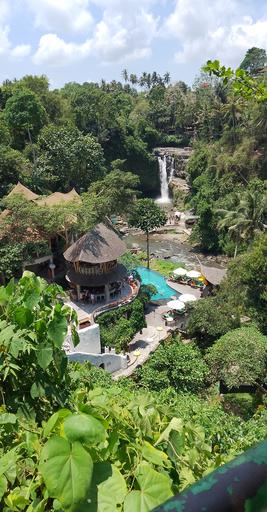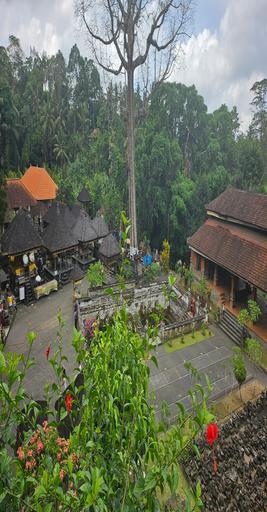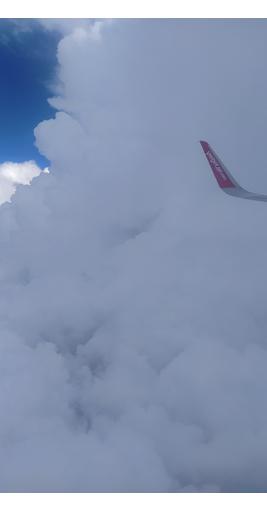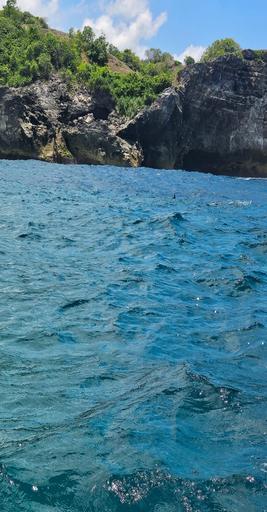Bali
|
|
The first thing I noticed when I landed in Bali was the air—it was thick with humidity, carrying the scent of frangipani flowers and the distant briny whisper of the ocean. Even at the airport, there was an energy to the island that felt different, almost mystical. It was as if Bali wasn’t just a place, but a feeling, one that wrapped around you like a warm embrace. Ubud: Where the Soul Finds Peace My journey began in Ubud, the heart of Bali’s culture and spirituality. The drive from the airport was an experience in itself—passing through lush rice terraces, tiny villages, and roads lined with Hindu temples adorned with intricate stone carvings. Every few meters, there were offerings on the sidewalks—small palm leaf trays filled with flowers, rice, and incense, left by the locals to honor their gods. I checked into a small guesthouse nestled in the jungle, where the only sounds at night were the distant chirping of geckos and the rustling of palm leaves. In the morning, I woke up to the sun rising over the emerald-green rice paddies, the mist still clinging to the hills. One of the first places I explored was Tegallalang Rice Terraces. Standing at the edge, looking down at the cascading steps of bright green, I felt like I had stepped into a painting. Farmers moved through the fields, their conical hats bobbing as they worked. I walked along the narrow paths, feeling the soft mud under my sandals, soaking in the quiet beauty of a land untouched by time. Ubud was a place that made you slow down. I spent hours wandering through the Sacred Monkey Forest, where mischievous macaques darted between ancient statues covered in moss. I got lost in the bustling Ubud Market, where the scent of exotic spices mixed with fresh mangoes and burning incense. And in the evening, I found myself at a Balinese dance performance at the Ubud Palace, watching the dancers move with hypnotic precision, their golden costumes shimmering in the torchlight. But the most powerful moment came when I visited a Balinese healer. Sitting in his open-air pavilion, surrounded by the sound of the jungle, he pressed his fingers to my temples and told me things about myself that I hadn’t even admitted out loud. Whether it was real or just the magic of Bali playing tricks on me, I’ll never know. But I walked away feeling lighter, as if I had left a piece of my old self behind. Kelingking Beach: Nature’s Hidden Masterpiece After Ubud, I set off for Nusa Penida, an island off Bali’s coast, to see the legendary Kelingking Beach. The journey there was an adventure—a rocky boat ride across the Bali Sea, followed by a bumpy motorbike ride on narrow dirt roads. But when I finally stood at the edge of the cliff, looking down at the T-Rex-shaped rock formation, I forgot about every discomfort. The view was nothing short of breathtaking—turquoise waters crashing against the limestone cliffs, the golden sands below untouched and wild. The beach itself was almost impossible to reach, requiring a steep, perilous climb down jagged rocks, but something in me knew I had to go. With my heart pounding and my hands gripping the wooden railings, I began the descent. The path was rough, uneven, and at times, terrifying. But when I finally reached the bottom, standing with my feet sinking into the warm sand, it felt like I had discovered a hidden world. The waves were powerful, rolling in with a force that reminded me of nature’s raw, untamed beauty. There were no beach clubs, no vendors—just me, the ocean, and the towering cliffs wrapping around this secluded paradise. Lying on the sand, watching the clouds drift lazily across the sky, I felt small but infinite at the same time. The climb back up was brutal, my legs burning with every step, but as I reached the top, sweaty and breathless, I turned back for one last look. Some places change you, and Kelingking Beach was one of them. Kuta: A Wild Contrast From the untouched beauty of Nusa Penida, I found myself in the vibrant chaos of Kuta. If Ubud was about peace and reflection, Kuta was about energy, noise, and thrill. The streets were alive with motorbikes weaving in and out of traffic, neon lights flickering from bars, and the sound of waves crashing just beyond the crowded sidewalks. Kuta’s beach was different—long stretches of golden sand lined with surfboards and sunburned tourists. I decided to try surfing for the first time, renting a board from a tanned Balinese instructor who grinned and assured me, “Don’t worry, the ocean will teach you.” He was right. I spent more time falling than standing, tumbling into the salty waves again and again, laughing as the ocean tossed me around like a ragdoll. But when I finally caught a wave, even if just for a few seconds, it felt like flying. As the sun dipped below the horizon, turning the sky into a fiery masterpiece of oranges, purples, and pinks, I sat on the sand with a cold Bintang beer in my hand, watching fire dancers perform along the shore. Music thumped from beach clubs, the scent of grilled seafood filled the air, and the laughter of strangers echoed around me. That night, I wandered into the madness of Legian Street, where nightclubs pulsed with energy and travelers from around the world danced under flashing lights. It was wild, chaotic, and intoxicating. I met strangers who felt like old friends, shared stories over cheap cocktails, and let the night take me wherever it wanted. Leaving Bali, But Never Really Leaving As my trip came to an end, I found myself sitting on the edge of Seminyak Beach, staring out at the endless ocean. Bali had been everything—serene and wild, ancient and modern, peaceful and electrifying. It was a place that embraced contradictions, where the sacred and the indulgent existed side by side. I closed my eyes, listening to the waves one last time, knowing that I wasn’t really saying goodbye. Because Bali wasn’t just a destination—it was a feeling, a memory, a story I would carry with me forever.
|



